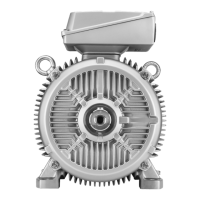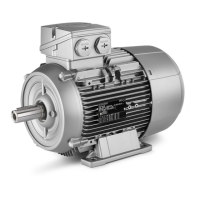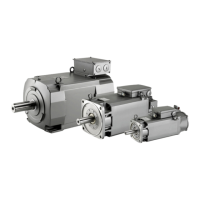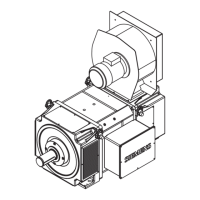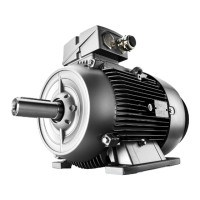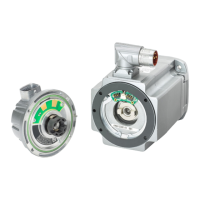Configuration
5.2 Configuring workflow
1FN3 linear motors
116 Configuration Manual, 10/2018, 6SN1197-0AB86-0BP2
As an example, the above figure shows some points of the motor force - velocity
characteristic curve at times t
1
... t
4
in comparison with the force - speed characteristic curve
of a primary section:
● t
1
: This point is not critical, as it is below the rated force F
N
and is also within the voltage
limit characteristic of the motor.
● t
2
, t
3
: These are permissible operating points, as they lie within the voltage limit
characteristic of the motor. However, it must be carefully checked whether the motor can
be operated at overload for as long as is required for the duty cycle.
● t
4
: If such a point occurs, the required motor force cannot be achieved at this velocity. In
this case, you must select another primary section at which the point t
4
lies below the
force - velocity characteristic curve.
Note
Current does not flow evenly through all phas
es in all operating states of the motor, e.g.:
motor stopped but energized, e.g. for:
– Compensation of a weight
– Start up against a brake system (damping and impact absorption elements)
Low velocities (< 0.5 m/min)
Cyclic traversing distances less than the pole width
With persistent uneven loading, the motor must only be operated at about 70% of the
rated force, see F
0
* in the data sheets.
For precise dimensioning, please contact your local Siemens office.
Specifying the number of secondary sections
Basics
Irrespective of the length, the secondary sections must have the same magnetic track width
as the selected primary section. This is guaranteed by making a selection based on the
article number The positions of the article number that indicate the motor size must match.
The number of required secondary sections depends on:
● The desired traversing distance
● The drive arrangement

